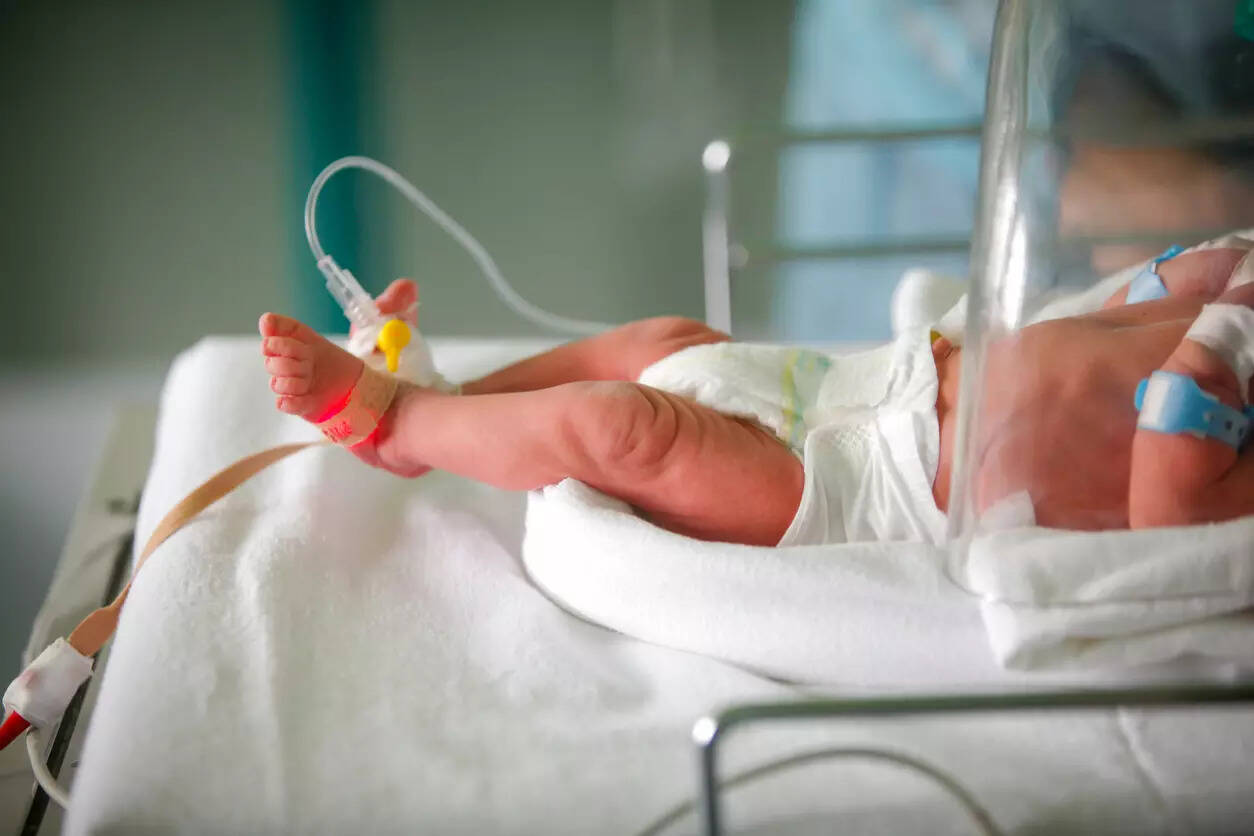
New Delhi: Over six in every one thousand deliveries in India in 2020 could have been a stillbirth, with higher rates among urban mothers compared to rural, according to an analysis of data from national surveys and the civil registration system.
Researchers, including those from the All India Institute of Medical Sciences, Gorakhpur, and the Indian Council of Medical Research, New Delhi, also identified that stillbirth hotspots are located primarily in northern and central India.
Chandigarh, Jammu and Kashmir, and Rajasthan in north India recorded the highest rates of stillbirth, the findings published in The Lancet Regional Health Southeast Asia journal show.
The team analysed data gathered from the fifth round of the National Family Health Survey (NFHS) and the 2020 report of the civil registration system, which is managed by the Ministry of Home Affairs and records vital events, including births, deaths and stillbirths across India.
“The nationwide stillbirth rate (SBR) in 2020 was 6.548 per 1,000 total births (female: 6.54; male: 6.63). Stillbirth rates were higher among urban mothers compared to rural mothers,” the authors wrote.
A higher rate of stillbirth was also found in districts where pregnant women were anaemic (deficient in iron) and underweight — factors known to increase risk of adverse birth outcomes, including stillbirth.
Hygienic menstrual practices and caesarean (C-section) deliveries — in which a baby is delivered through a surgical procedure — were associated with a lower rate of stillbirth, especially in Telangana, Karnataka, and Tamil Nadu.
The results were in line with data from NFHS-5, according to which the prevalence of C-section deliveries was about 45 per cent in south India in 2019-2020, the authors said.
Evidence from states including Assam, Meghalaya, Maharashtra, Uttar Pradesh, Himachal Pradesh and Chhattisgarh showed that receiving at least four pre-delivery check-ups and adhering to iron and folic acid supplementation during pregnancy can significantly reduce the risk of stillbirth, the team said.
Overall, higher rates of stillbirths were found in regions where pregnant women were anaemic, more deliveries were occurring in public health facilities and a larger fraction of women were having a lower wealth status, they said.
However, there were no disparities in sex-specific rates of stillbirth across the country’s districts, even though a higher rate of stillbirths seen among male foetuses may point to a higher biological vulnerability, the researchers said.